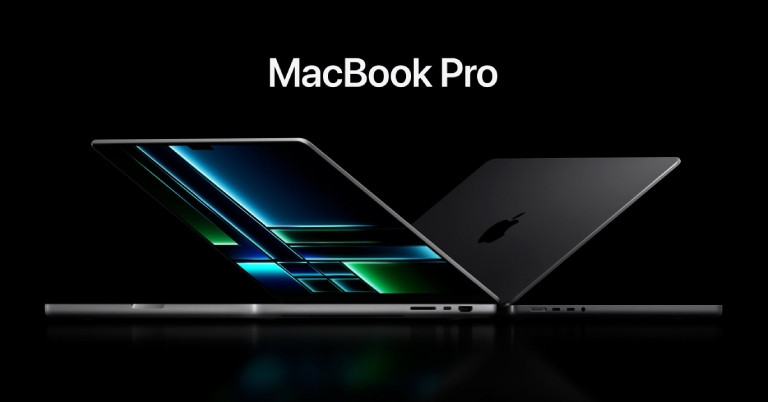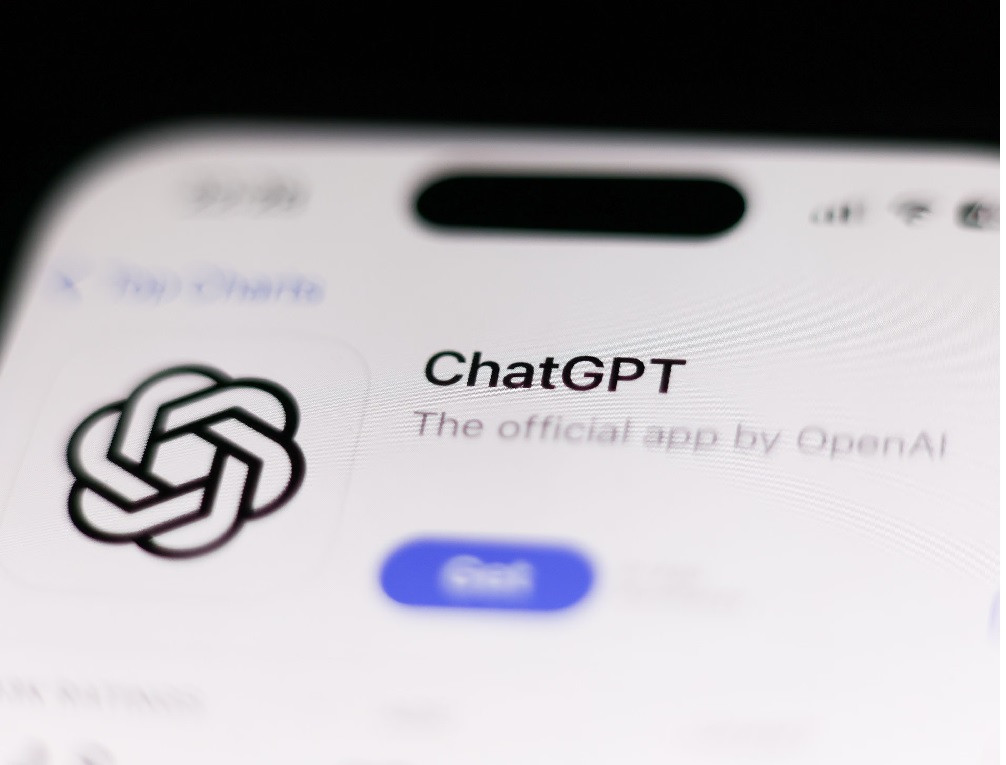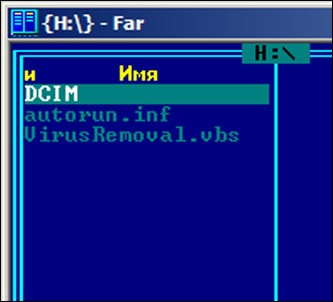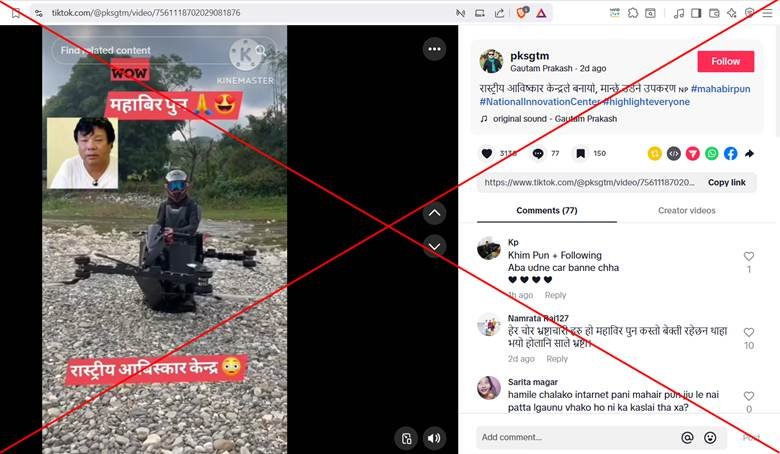
The thumbs-up icon, used by Facebook and other online services, has become a must-have for the digital world. Recently, two authors named Martin Reeves and Robert Goodson have released a book titled ‘Like: The Button That Changed the World’. In the book, they mention how this Like button changed the way people respond to anything on the internet.
Some users don’t really like this button. But whether they like it or not, this button has dominated the internet. The symbol became so influential that Facebook put it on a large sign outside its Silicon Valley headquarters, which was removed in 2021 when the company changed its name to ‘Meta Platforms’.
The story begins with gladiator battles in the ancient Roman Empire, where thumbs-up and thumbs-down indicated life and death. This was followed by the early 21st century, when the founders of Yelp, Twitter, PayPal, YouTube, and Gmail were thinking of new ways to encourage users to produce free content. On May 18, 2005, Yelp employee Bob Goodson sketched out a thumbs-up and thumbs-down icon that could be used to respond to a reviewer's post. Yelp rejected that and instead came up with options like “Useful,” “Funny,” and “Cool.” But that sketch later inspired Goodson and Martin Reeves to write this book.
Facebook didn’t create the button. But it brought it to the mainstream. Facebook engineers had been trying to create a Like button since 2007, but Mark Zuckerberg opposed it, saying it “looked cheap.” He was afraid it would damage Facebook’s image.
At the same time, another small social network called FriendFeed launched its Like button in October 2007. Facebook later bought the company. But this time, the effort was not successful, users didn’t like it that much. Facebook finally introduced the Like button on February 9, 2009. After this, the Like button changed the world of the Internet.
Initially, it was decided to call it the “Awesome button.” But later it worked It was not. After this, it was named the Like button. The success of the Like button after its release was so great that it made it easier to engage users with any online content, understand their interests, and sell targeted advertising.
Today, a large part of Facebook (now Meta)'s revenue is based on this data and feedback system. The Like button has become the most powerful tool in the digital world today. The little button has changed not only the shape of the Internet, but also the way we behave and think. Perhaps we are not yet at the stage where we can fully understand its impact.
Source: AP















